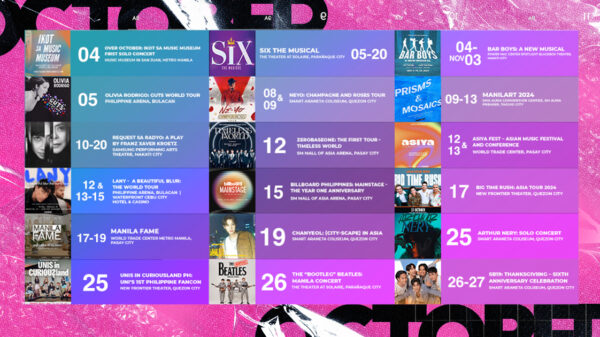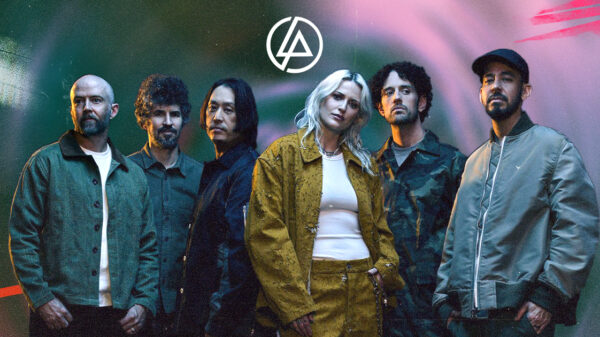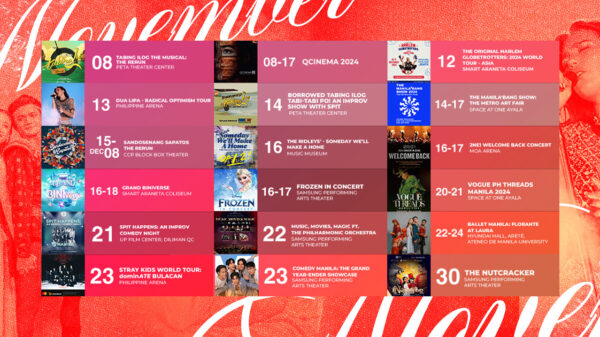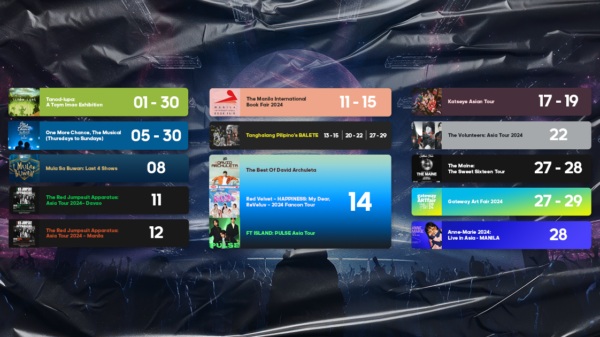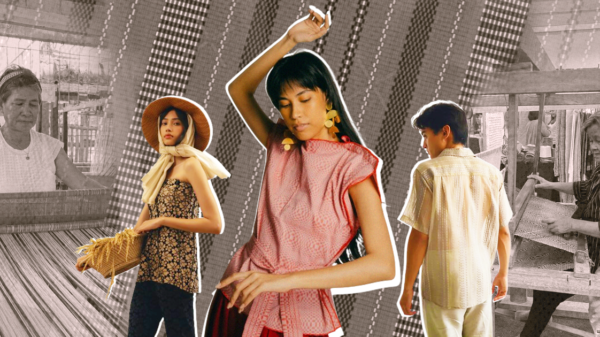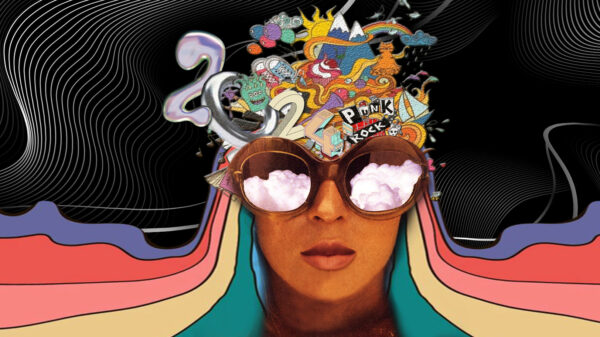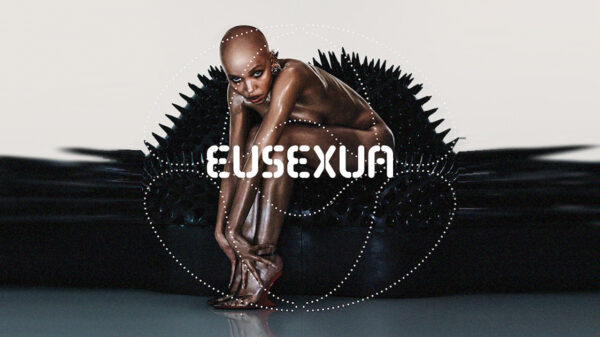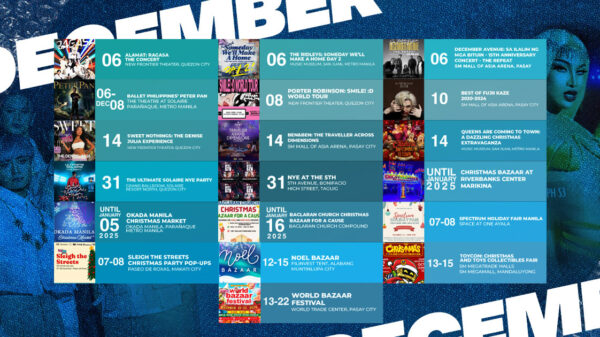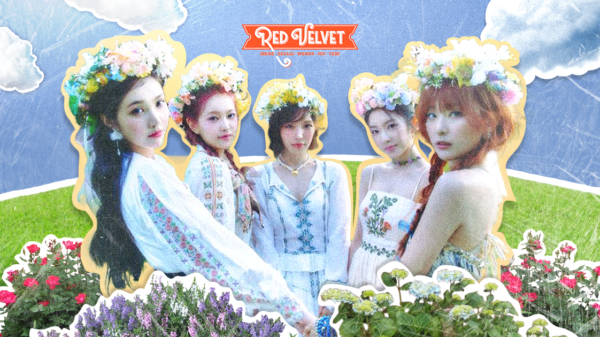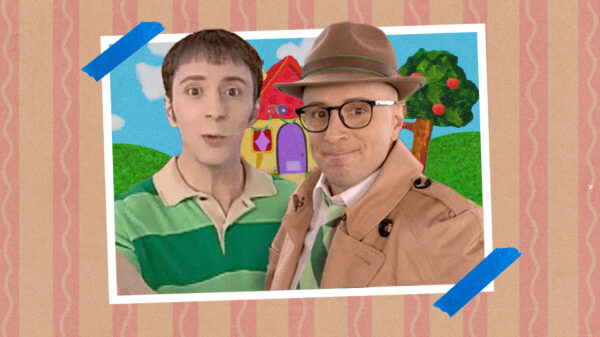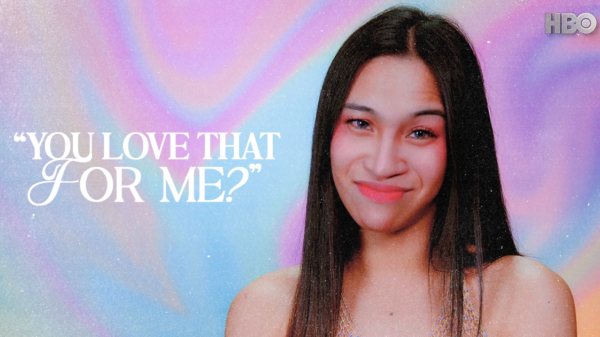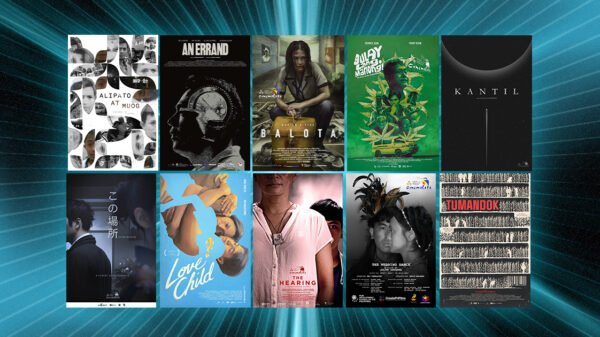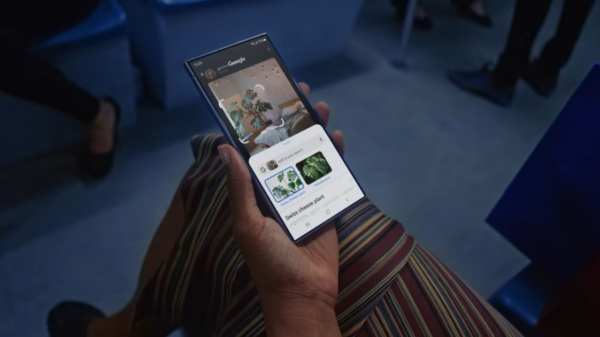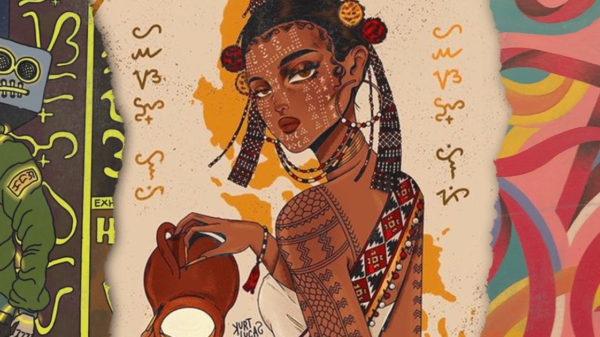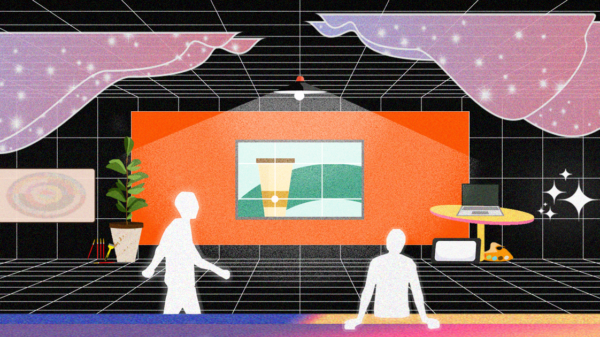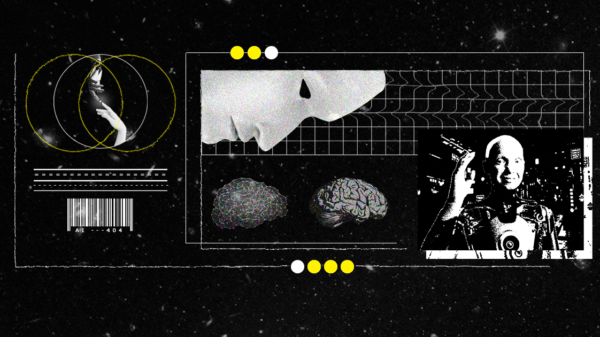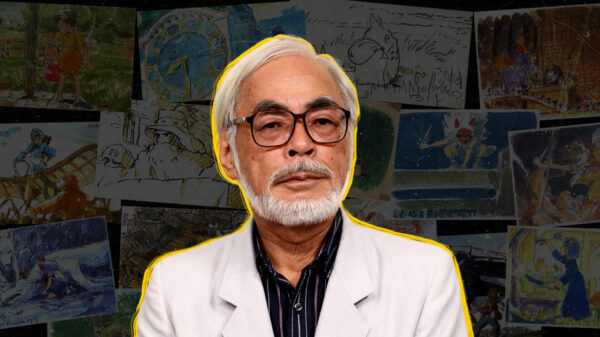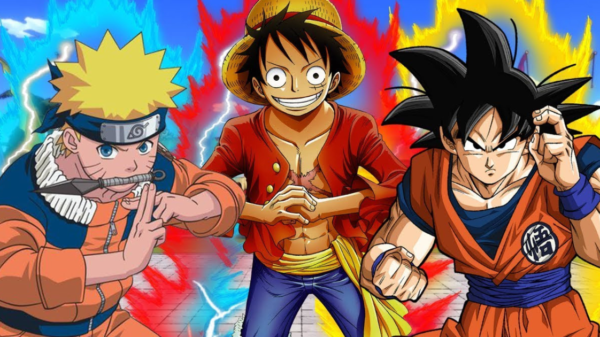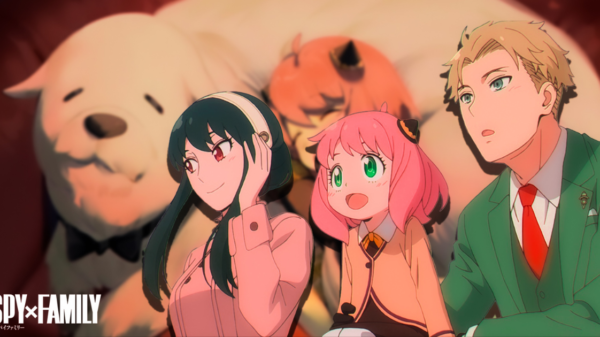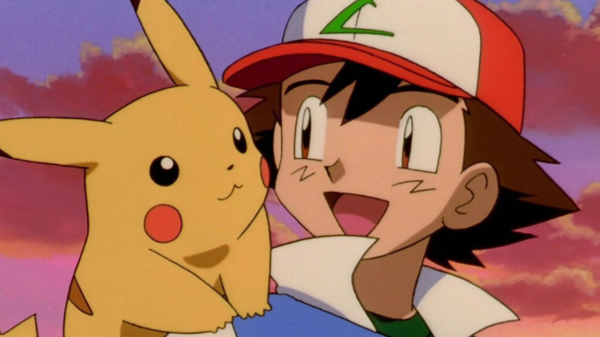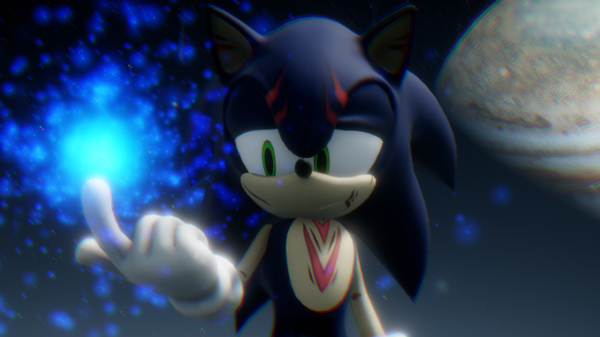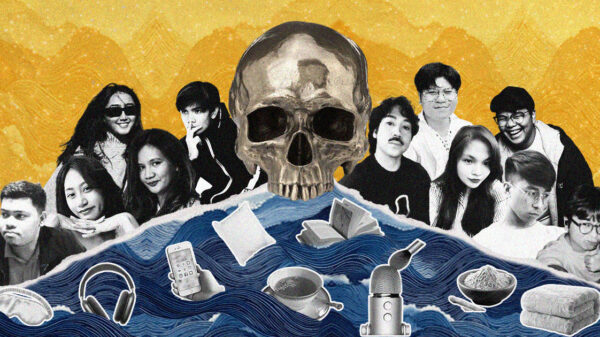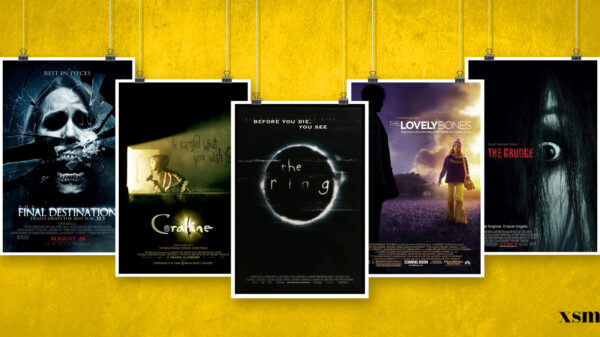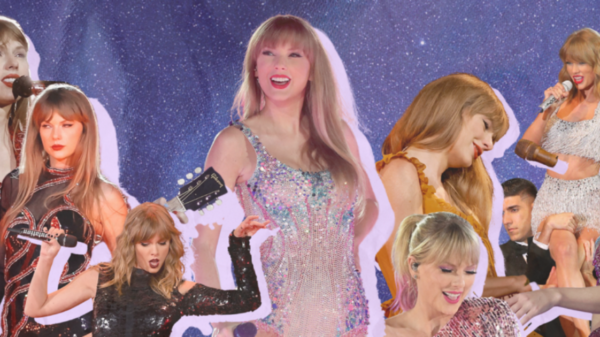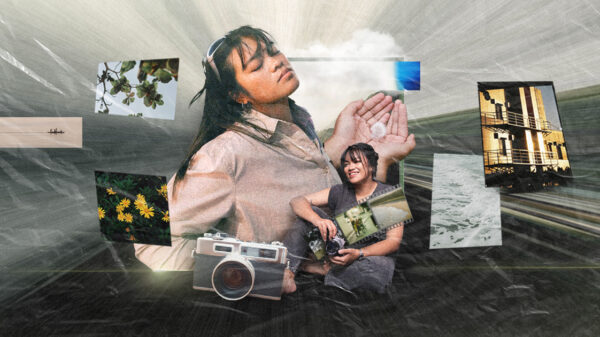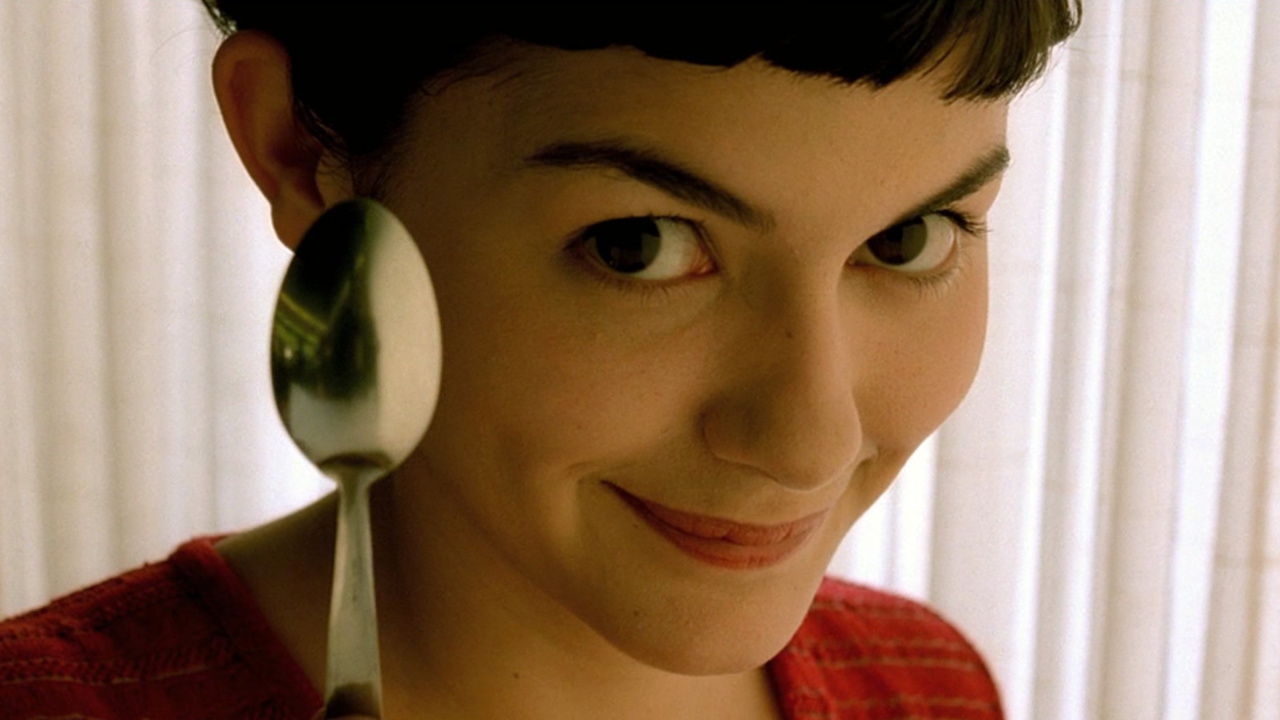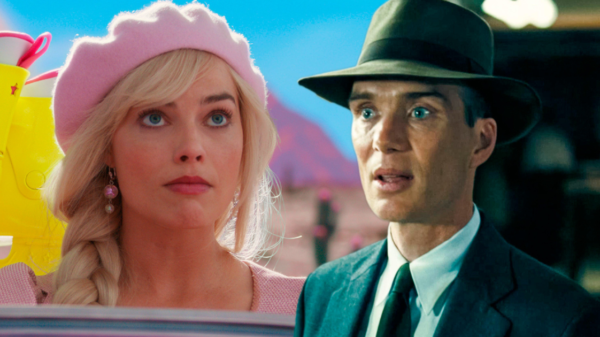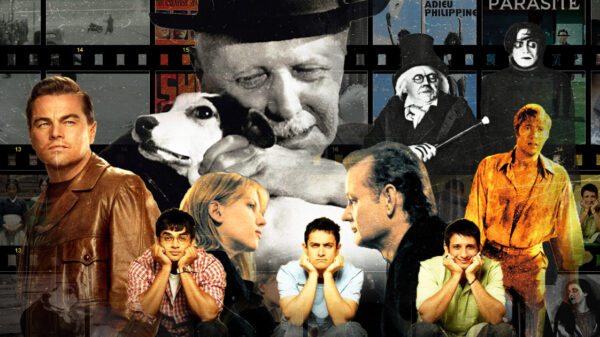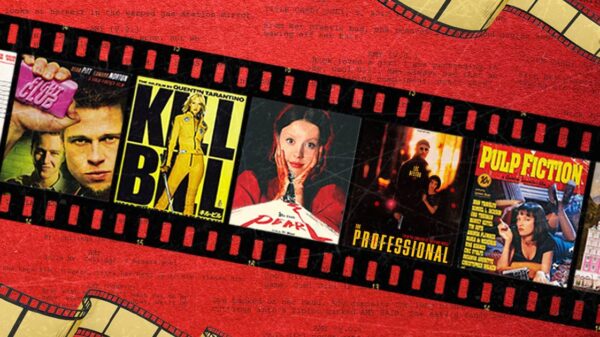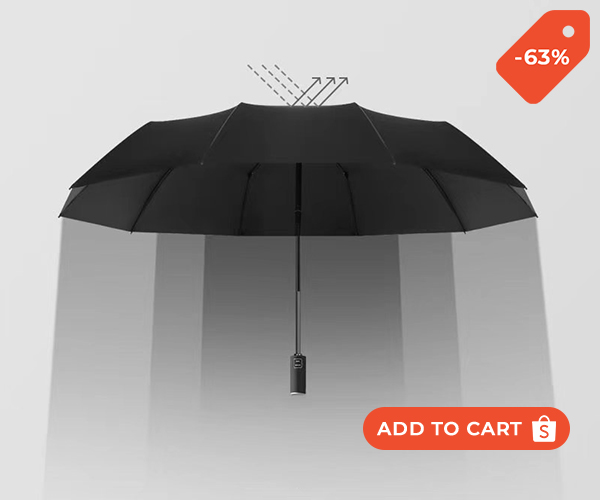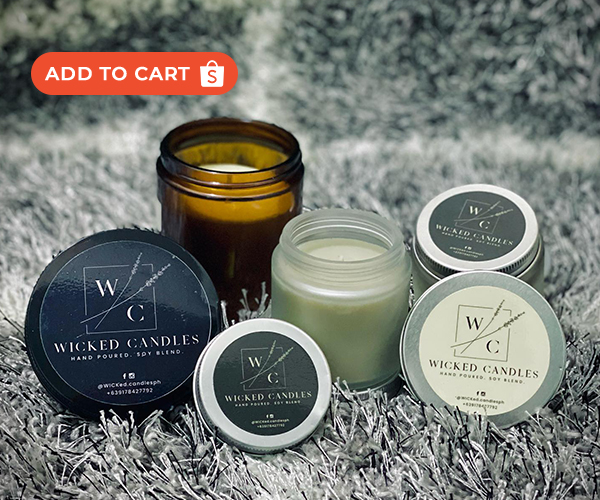Film enthusiasts know that ‘Amelie’ is one of the most popular and interesting works in the contemporary cinema. Aside from its incredible story-telling, Amelie also gives us a different kind of aesthetic and a one-of-a-kind mastery when it comes to colors.

Amelie is a 2001 feature film by Jean-Pierre Jeunet which revolves around the story of the title and main character herself, Amelie Poulain, a waitress with a big imagination, who finds herself drawn to simple pleasures in life like taking in a film on a random Friday night or cracking the surface of a desert with a spoon. But the catch is, she often feels isolated. Having had a lonely childhood, she seeks out connection with those around her.
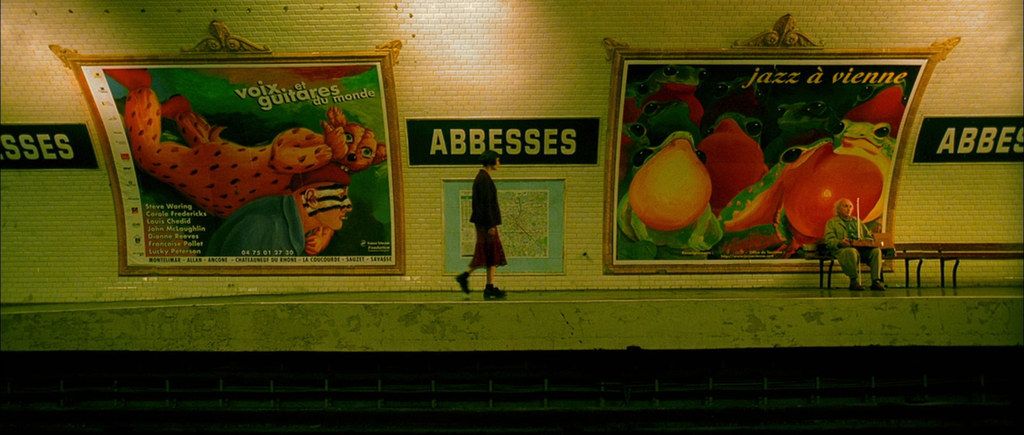
When it comes to colors, Amelie continues to dominate the world of movies with aesthetically-pleasing colors together with other films like Mad Max: Fury Road and Blade Runner. The different colors that appear in those shots represent the character’s emotion and identity.
RED TONES
Red is a sign of Amelie’s loving temperament and a very warm approach when it comes to her personality. Her apartment is also decorated with red tones and often highlights her outfits as well. There are also red glimmers in the phone booth where she first met Nino, her love interest. In the movie, the red tones commonly represent the color of the sunsets and of fires that bring intensity to the screens.
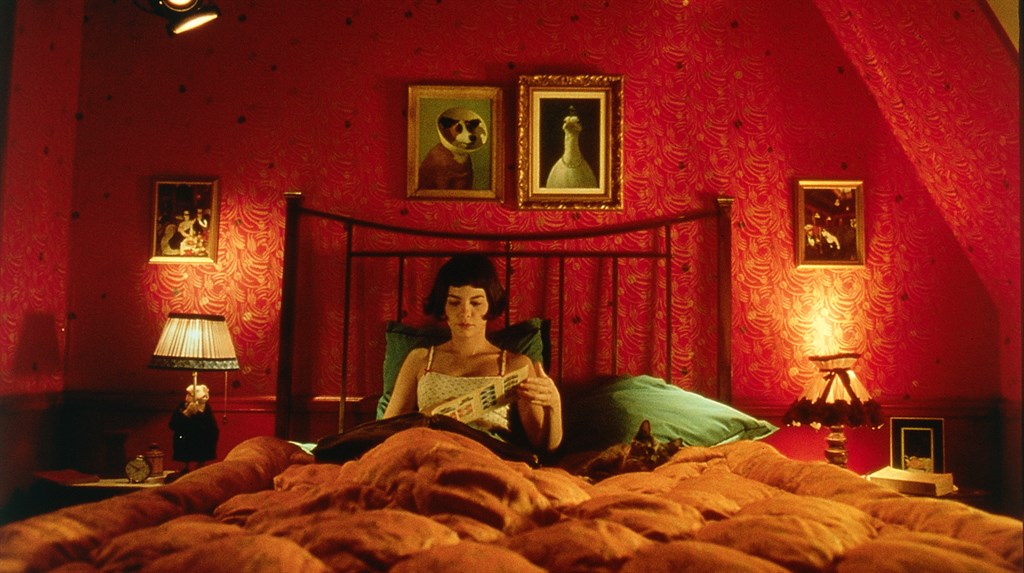
In the opening scene we’re introduced to the color red through Amelie’s childhood imagination. Red cherries, raspberries and her red fish all symbolize her passion and vital young mind.
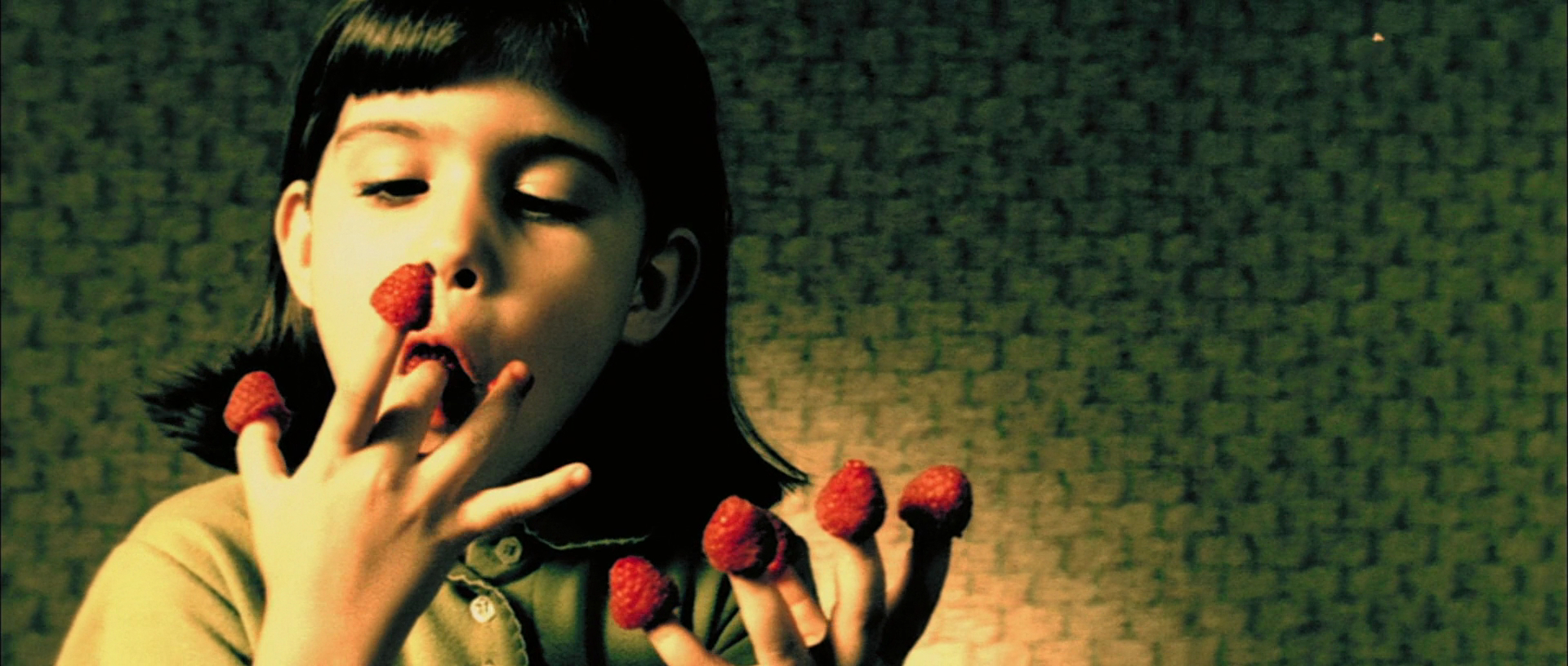
THE GREENS
The green colors serve as contrast to a lot of reds in the screens. Amelie wears tons of greens as her outfits, sometimes a mixture of red and green ones. Green is used commonly throughout the film and mainly because green symbolizes hope and nature in many cultures which often brings comfort to the viewer’s eyes.
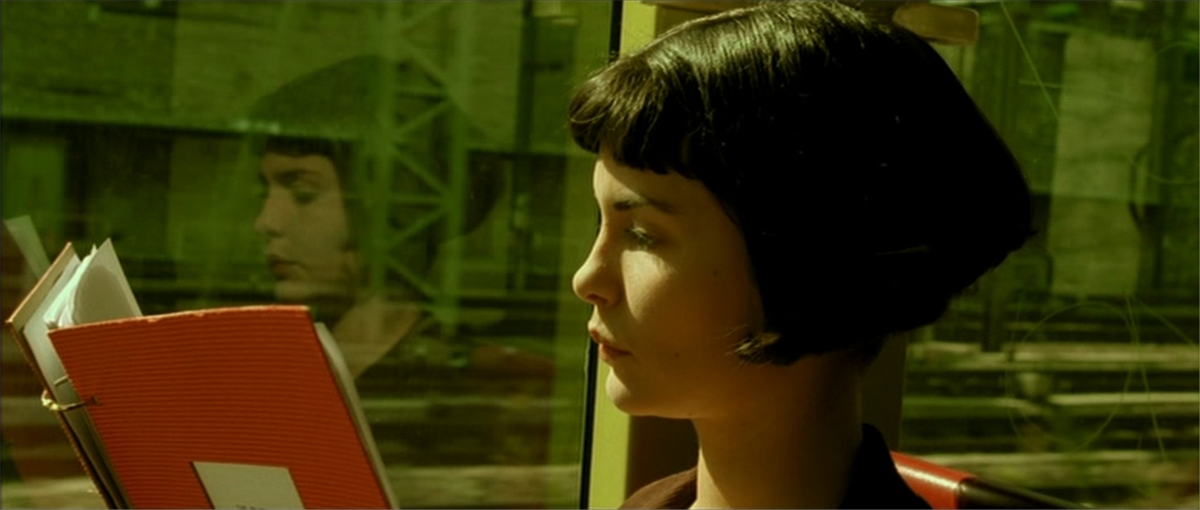
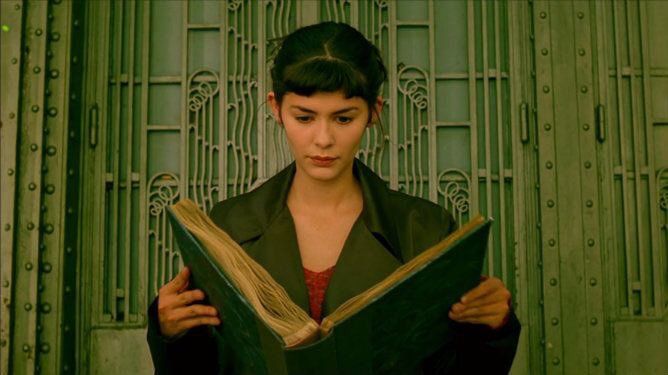
It is there to create vitality and to contrast with the warmer, more saturated colors mainly seen in the setting.
YELLOW ON THE GO
The lighting is in yellow when something indicates softness. It has days where there are days in the slow, random days and things are all in yellow even in the middle of the day. In most cultures, the color yellow is a visual representation of bright and lively and oftentimes associated with happiness, comfort, and also warmth.
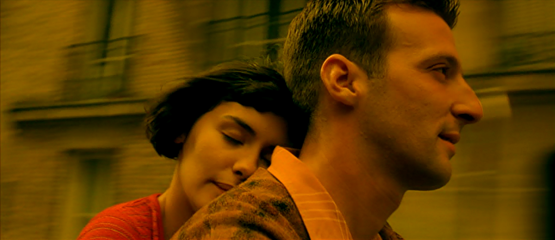
Many of the scenes shot in the late afternoon are lit with soft yellow to represent the sunlight of spring and acts as a metaphor for Amelie’s current peaceful state of mind. The color yellow also creates an unreal and almost surreal feel to the film, which mainly stands for Amelie’s fantasy carried out throughout the storyline.
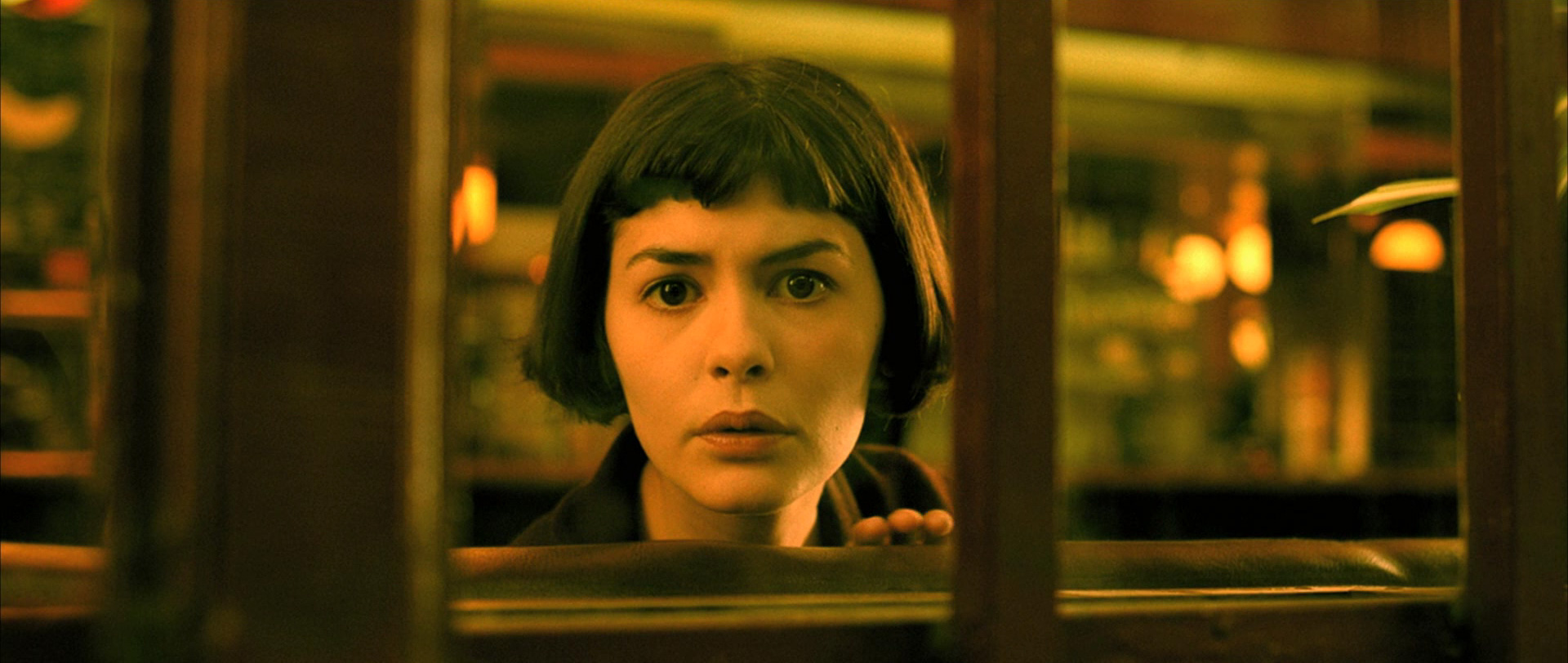
BLUE THAN BEFORE
When we all know that in other films, Blue represents such a sad impression to a character’s dilemma and personal storyline—in here, we can see that the color Blue is used to depict Amelie’s happiness together with Nino, her love interest.
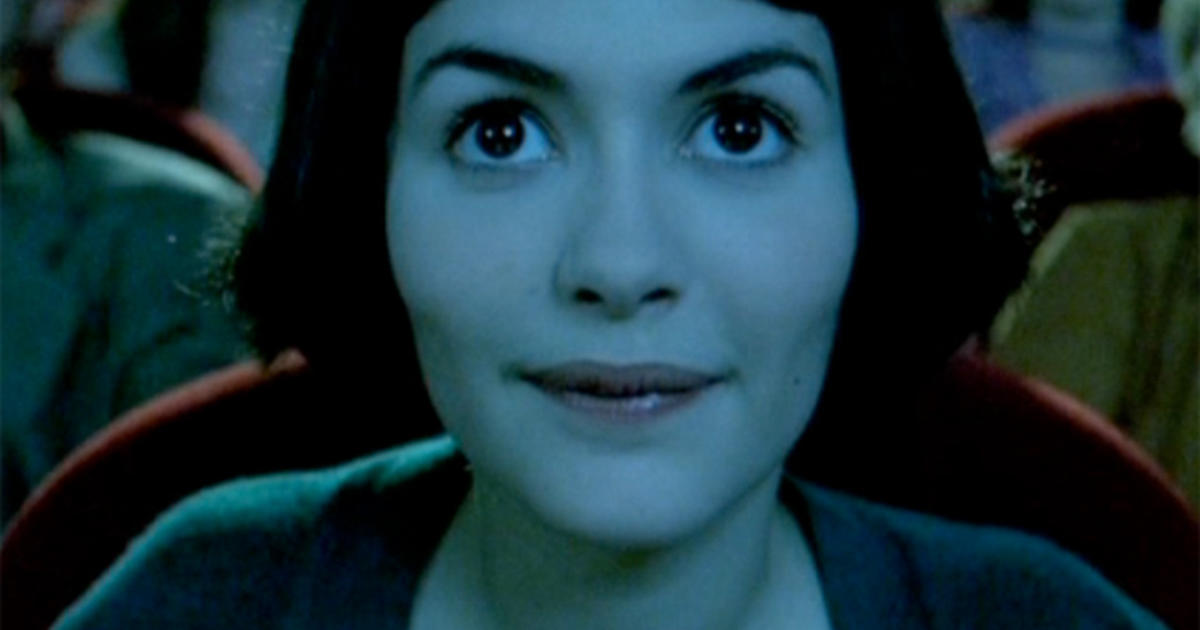
The color blue represents their search for happiness and the things that make them happy. One example is when Amelie sees Nico after spending the night in a photo booth and the moment when we see Amelie’s feelings for Nico, there is a large blue backlit poster on the wall behind him.

CONCLUSION
Amelie is a delightfully colorful, very much appealing and engaging feature film. Famous French cinematographer Bruno Delbonnel utilizes a very specific color palette infused with the mixture of different standard colors to create a surreal fantasy-like world in the film. It’s his legacy and signature that lives up to this date. The unique cinematic look of the Amelie promotes the quirky and uplifting ways in which Amelie views the world, and the way it is depicted to the audience.
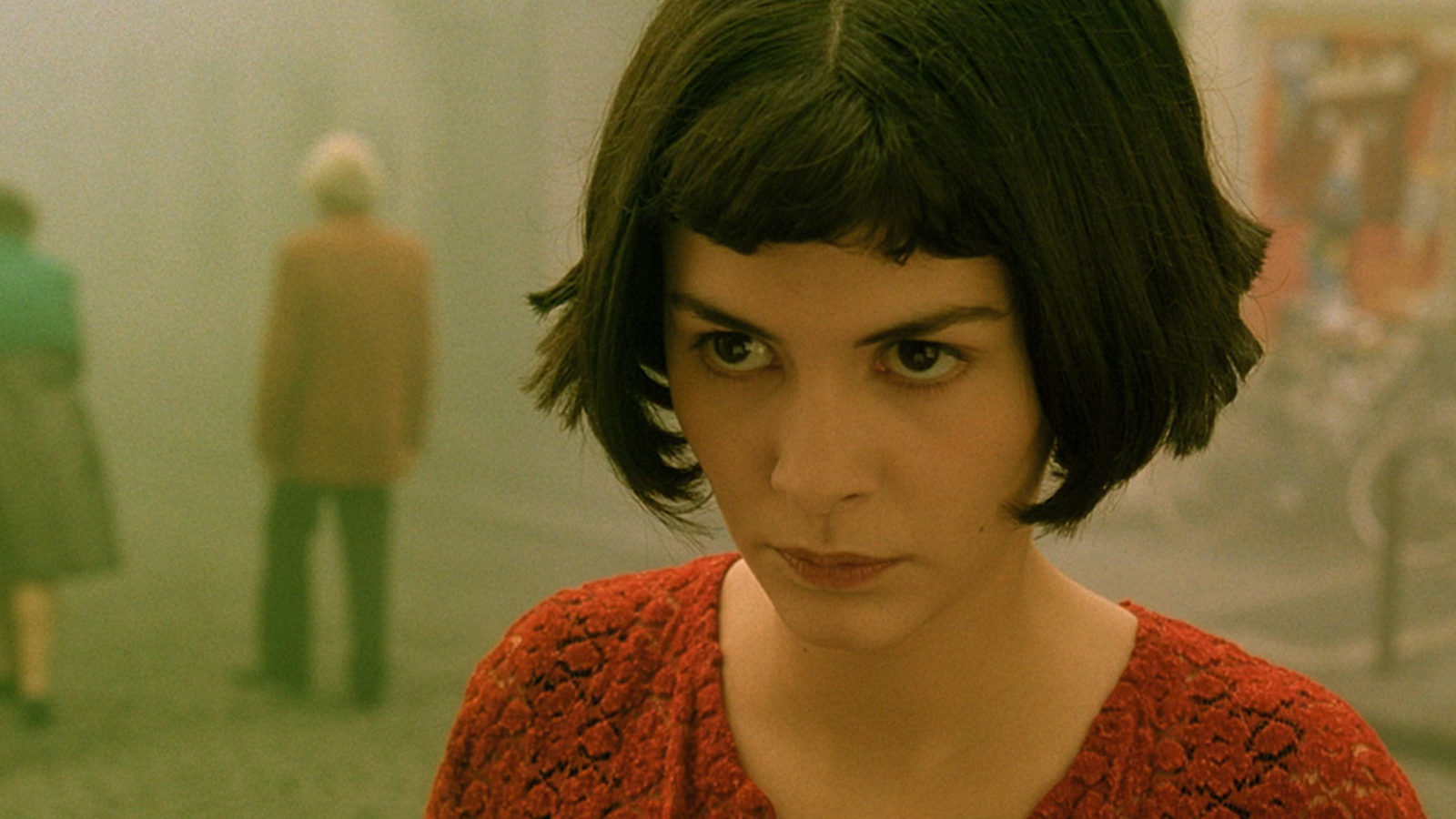
Colors helped the audience locate the feelings and emotions. It also helped us get into Amelie Poulain’s world through the dominant colors of red, green, and yellow. It was best paired with a majestic performance of symbolism—the essential ingredients of one extraordinary film.







